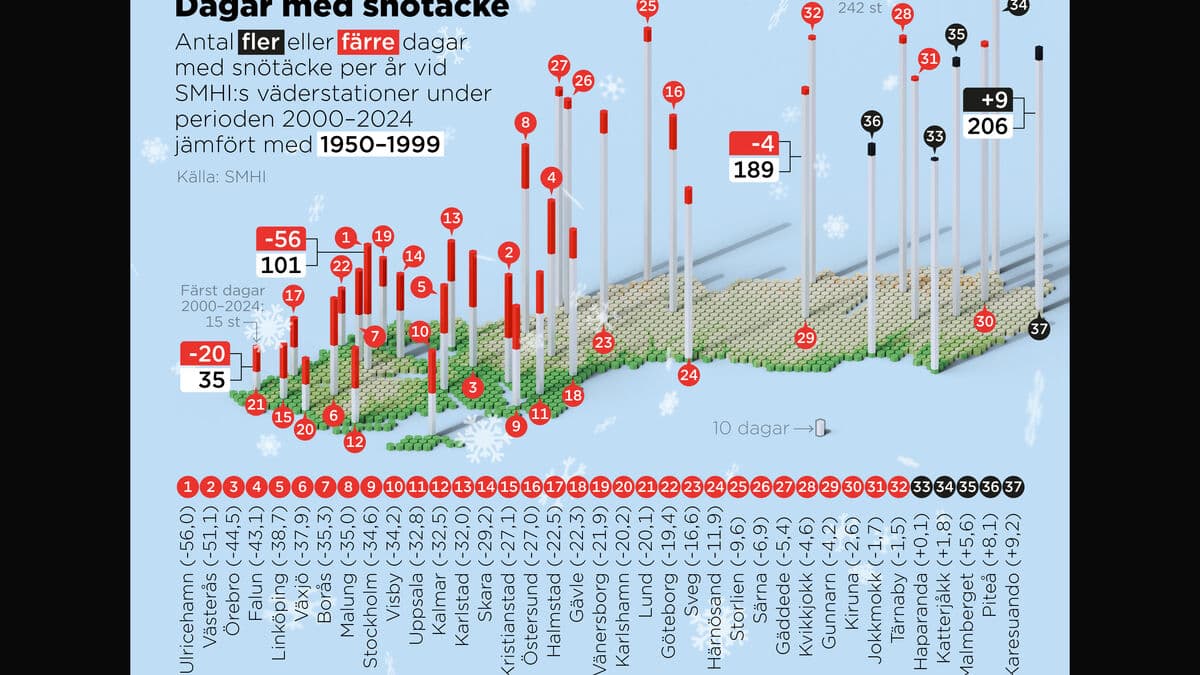This year's Christmas holidays are really good from an employee perspective, at least for those who do not work shifts. All red days fall on weekdays. Five vacation days give 17 consecutive days off.
But the fact is that 2025 will be even better. For one thing, you avoid the extra long year. 2024 contained an extra working day in the form of a leap day. The year starts with Epiphany, January 6, falling on a Monday. Even May 1st and June 6th land perfectly, a Thursday and Friday respectively. Bridge day off on May 2nd, perhaps?
Then, next Christmas also falls right in the middle, Wednesday, Thursday, and Friday. Time to plan a longer Christmas trip already, or just to lounge around. Together with the New Year's holiday, next year will be just as good as this one.
In total, there were 251 working days in 2024, a normal year for those who work Monday to Friday. 2025 will have 249 working days, lower than that cannot be, according to the National Institute of Economic Research (NIER).
But if it tastes good, it costs. For some employers, revenues will be lower. And for those who worry about the state's finances, fewer working days mean lower revenues for Sweden as a country.
A rule of thumb is that each missed working day costs over five billion kronor in reduced gross national product (GNP) compared to a normal year, according to previous NIER calculations.
But hardly anything to lose sleep over at night. On the other hand, Sweden's annual GNP amounts to over 6,000 billion kronor.
Epiphany, January 6, Monday
Good Friday, April 18
Easter Monday, April 21, Monday
May 1st, Thursday
Ascension Day, May 29, Thursday
National Day, June 6, Friday
Midsummer's Eve, June 20, Friday
Christmas Eve, Wednesday
Christmas Day, Thursday
Boxing Day, Friday
New Year's Eve, Wednesday
New Year's Day, Thursday





